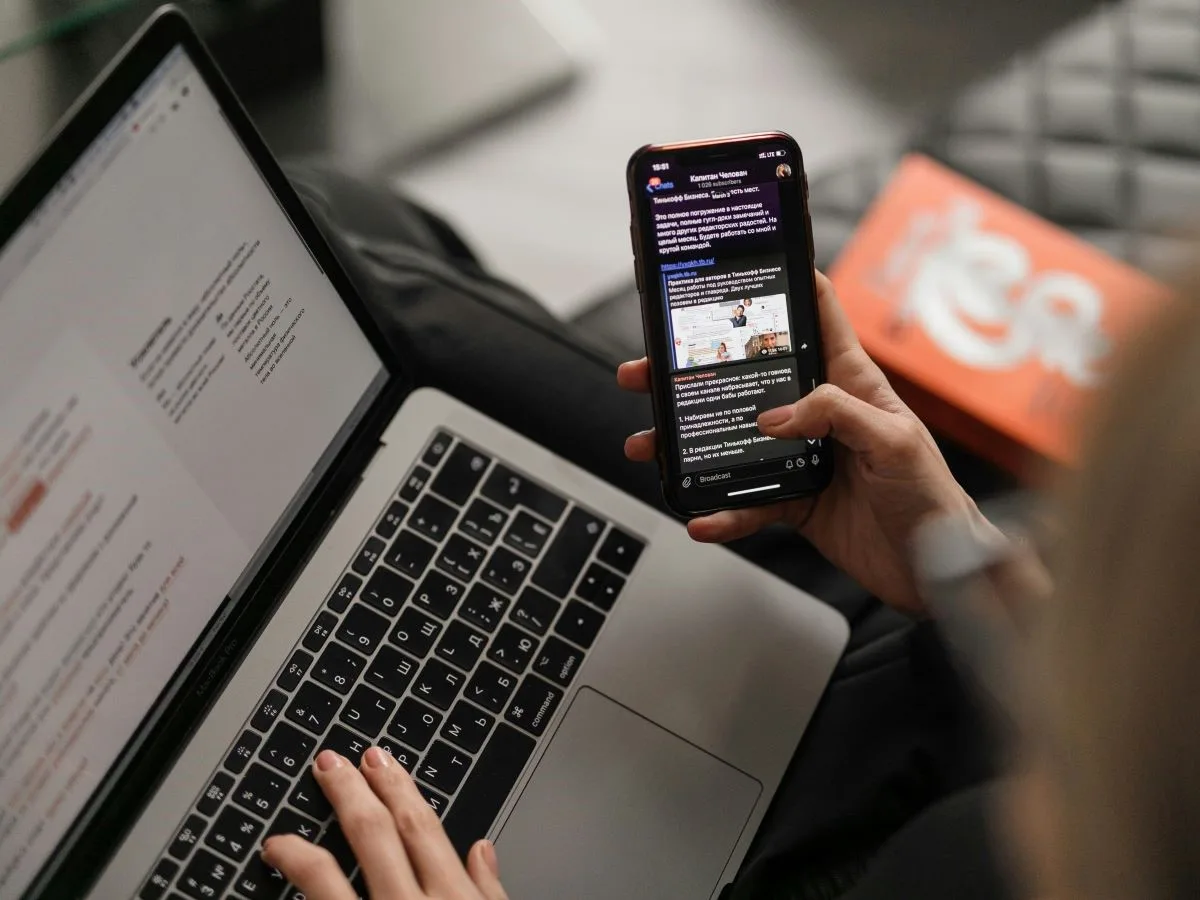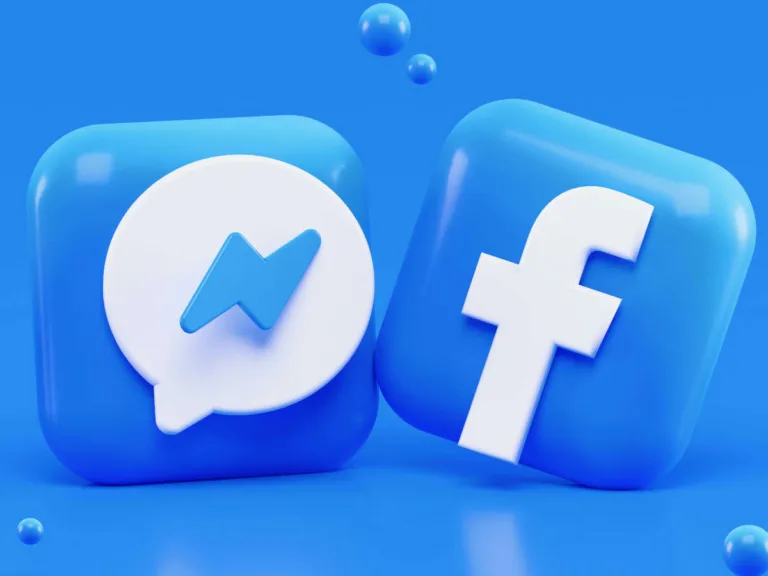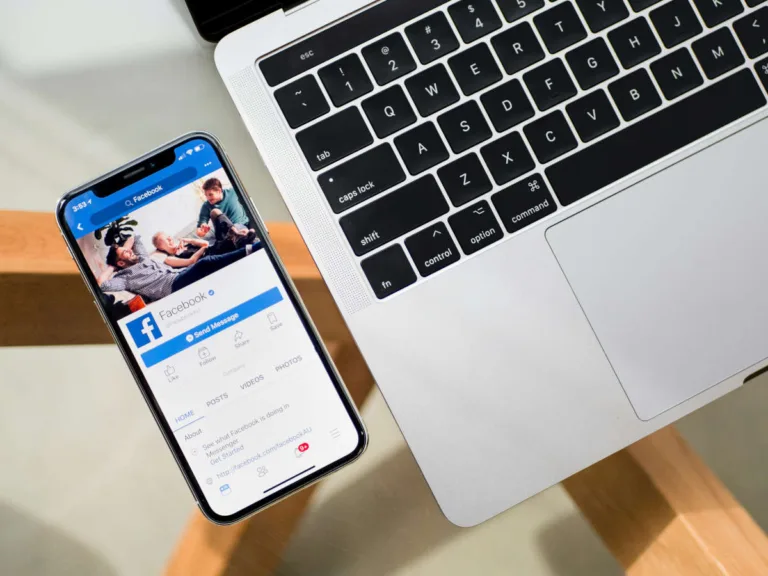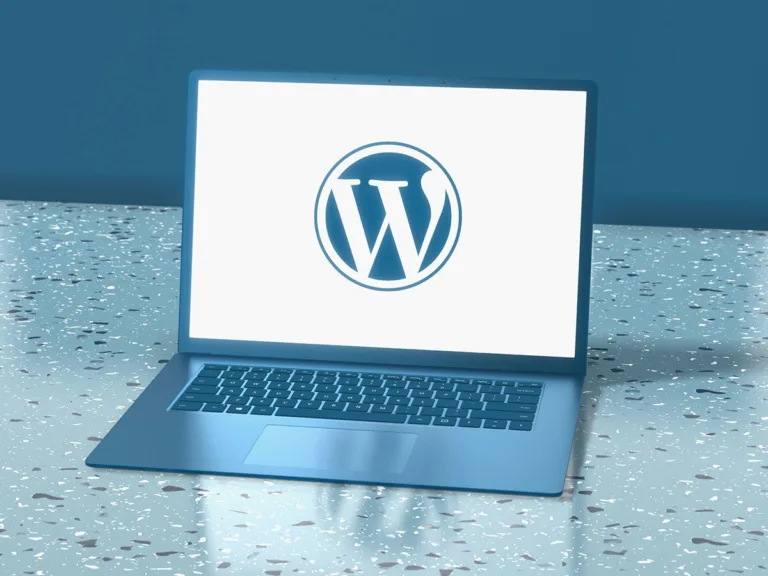The Ultimate Guide to Creating a Converting Landing Page for Newsletter in WordPress
In today’s digital landscape, newsletters have emerged as powerful tools for building and nurturing audiences. Whether you’re a content creator, business owner, or thought leader, a well-designed newsletter landing page can be the difference between capturing or losing potential subscribers. This comprehensive guide will walk you through creating an effective newsletter landing page using WordPress, complete with real-world examples and practical tips.
What is a Newsletter Landing Page?
A newsletter landing page serves as a dedicated destination designed specifically to convert visitors into email subscribers. Unlike typical website pages with multiple goals and distractions, a newsletter landing page has a singular focus: convincing visitors to join your mailing list. It’s your digital storefront for your newsletter, making that crucial first impression and communicating your value proposition effectively.
Think of it as your newsletter’s home base – a place where potential subscribers can:
- Understand exactly what your newsletter offers
- Preview the type of content they’ll receive
- Make an informed decision about subscribing
- Sign up easily without friction or confusion
Essential Elements of an Effective Landing Page for Newsletter
1. A Compelling Hook That Stops the Scroll
Your headline is the first thing visitors see, and you have mere seconds to capture their attention. The best newsletter landing pages lead with powerful, magnetic headlines that immediately communicate value and spark curiosity.
Real-world example: Milk Road’s landing page opens with “Get smarter about crypto in 5 minutes.” This headline works because it:
- Promises a specific benefit (crypto knowledge)
- Addresses a pain point (limited time)
- Sets clear expectations (5-minute reads)
- Uses simple, direct language
Tips for crafting your headline:
- Focus on the reader’s primary problem or desire
- Use numbers when possible (e.g., “5 minutes,” “3 times per week”)
- Keep it concise and scannable
- Test different variations to find what resonates
2. Value Proposition That Resonates
After capturing attention, you need to clearly articulate why someone should subscribe to your newsletter. This goes beyond simply listing features – it’s about communicating the transformative benefits subscribers will experience.
Real-world example: The Gist Sports effectively communicates its value proposition with “Sports news without the bias, but with a lot of wit.” They understand their audience wants:
- Unbiased sports coverage
- Entertainment value
- Time-saving convenience
Key elements of a strong value proposition:
- Specific outcomes subscribers can expect
- Unique differentiators from other newsletters
- Social proof and credibility markers
- Clear frequency and format expectations
3. Streamlined Subscription Process
The subscription form is where conversion happens – or doesn’t. A well-designed form removes barriers and makes signing up as frictionless as possible while still collecting necessary information.
Real-world example: Lenny’s Newsletter uses a minimal form that asks for just an email address, with additional fields presented only after the initial signup. This reduces friction while still collecting valuable information.
Best practices for subscription forms:
- Minimize required fields (email address is often enough)
- Use clear, action-oriented button text
- Ensure mobile responsiveness
- Include GDPR-compliant privacy notices
- Provide immediate confirmation of subscription
4. Visual Elements That Support Your Message
Strategic use of visuals can dramatically improve your landing page’s effectiveness. Images, videos, and design elements should reinforce your message and make the page more engaging.
Real-world example: Unicorn Club effectively uses illustrations and animations to create a playful, tech-savvy atmosphere that appeals to their target audience of startup enthusiasts.
Effective visual elements include:
- Newsletter preview screenshots
- Author photos or team images
- Brand-consistent graphics
- White space for readability
- Mobile-responsive design elements
Implementation Tips for WordPress
Choosing the Right Tools
Several WordPress tools can help you create an effective newsletter landing page:
Page Builders:
- Elementor
- Divi Builder
- Gutenberg (WordPress native editor)
Form Plugins:
Email Service Provider Integrations:
Technical Considerations
Speed Optimization:
- Compress images
- Minimize plugins
- Use caching
- Optimize code
Mobile Responsiveness:
- Test on multiple devices
- Ensure readable text sizes
- Maintain touch-friendly button sizes
- Check form functionality
Analytics Integration:
- Install Google Analytics
- Set up conversion tracking
- Implement A/B testing
- Monitor user behavior
Real-World Examples Analysis
The New York Times
What Works:
- Clear hierarchy of subscription options
- Strong emphasis on value proposition
- Use of social proof and trust indicators
- Clear pricing and terms
- Strategic use of white space
Key Takeaway: Transparent pricing and clear value proposition can justify premium subscriptions.
Milk Road
What Works:
- Conversational tone
- Clear preview of content
- Strong personality
- Simple signup process
- Regular content schedule
Key Takeaway: Personality and consistent delivery schedule build trust and engagement.
The Gist Sports
What Works:
- Unique value proposition
- Clear target audience
- Preview of writing style
- Social proof from subscribers
- Mobile-first design
Key Takeaway: Knowing your audience and speaking directly to their needs increases conversion rates.
Best Practices for Testing and Optimization
A/B Testing Elements
Test these elements to optimize conversion:
- Headlines and copy variations
- Button text and colors
- Form field configurations
- Visual elements and layout
- Social proof placement
Monitoring Performance
Track these metrics to measure success:
- Conversion rate
- Time on page
- Bounce rate
- Mobile vs desktop performance
- Form abandonment rate
Conclusion
Creating an effective newsletter landing page is an iterative process that requires careful attention to detail and continuous optimization. Focus on creating a clear value proposition, removing friction from the signup process, and building trust through social proof and consistent branding. Use the examples and best practices outlined above as inspiration, but remember to adapt them to your unique audience and offering.
Remember that your landing page is often the first impression potential subscribers have of your newsletter. Make it count by being clear, compelling, and focused on delivering value to your audience.






